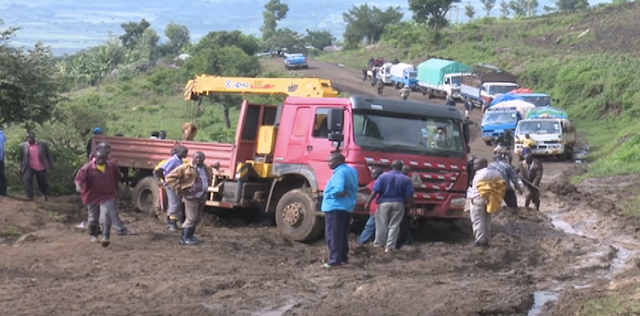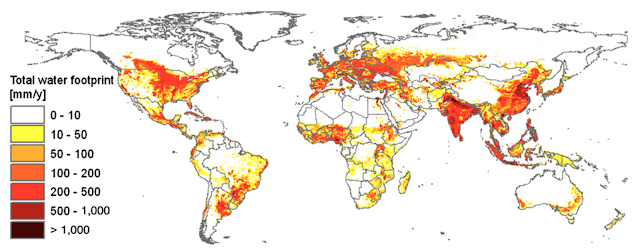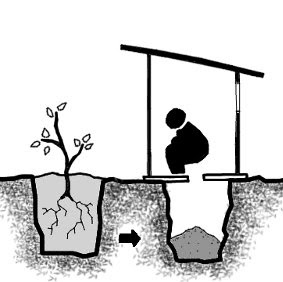Final Thoughts: Citrus and developments
My inspiration for this blog began when I came across the Nadorcott at the supermarkets in the UK. Although I was unable to trace the commodity chain of Nardorcotts or any citrus fruits, I gained valuable insights from the various narratives, case studies and research I came across while looking for literature relevant to the theme on “Water and Food” and “Development” as well as “Citrus Agriculture”. I wanted to approach this series of blog post through the lens of agriculture value chains by identifying externalities and relations embedded within processes. These processes include aspects of negotiations, transportation, securing resource inputs in agriculture, technological implementation, interdisciplinary solutions and more.
Interestingly, to meet population demands in cities, supermarkets have managed to source large quantities of fresh agriculture produce like oranges from the Global South such as developing countries in Africa. This has resulted in what we know as ‘buyer-driven’ organizations of value chains (Gibbon, 2003). Unknowingly, as consumers, we have contributed to this process with our purchasing powers. Supermarkets being increasingly dominant has led to a general decline of smaller-scale producers(ibid) as supported in my penultimate post in which small-scale farms are marginalized with increasing competition from large-scale citrus agriculture in Morocco, Sous Massa region. In addition, as Raikes et al. (2000) suggest, linking production to consumption has led to emphasizing of power relations, revealing power asymmetries, governance structures, the processes of inclusion and exclusion within value chains that have been exemplified in some of the narratives in these series of blog post.
Through unpacking of numbers and retelling of stories, I wanted to address the paradox that is commonly misunderstood. The fact that countries in Africa are labeled as water scarce is not truly representative and that it is actually an issue of unequal water distribution that matters the most. These problems of unequal water distribution can be played out in various examples such as in transboundary water resources like in the case of building dams along the Nile, inter-user demands in water like in the case of Cape Town Water Crisis and by actors such as the government, elites, and locals in the case of El Guerdane project in Morocco. Among these problems are also opportunities for negotiation and solutions. This includes: IWRM practiced in Kat River Catchment in South Africa in ensuring sustainable use of resources; accessing resource inputs and markets through contract farming, and the role of various stakeholders or active individuals to practice sustainable water use to avert Day Zero from happening in Cape Town. Not forgetting, technological solutions such as Ecosan that seeks to recycle human waste as inputs back in agriculture addressing fertilizer demands to improve productivity; desalination to tap on seawater resource; and rainwater harvesting techniques. Last but not least, roads as important tools for the mobilizations of resources, connecting producers to markets or consumers and connecting communities for communication.
There are no perfect solutions and most of the time they come with downsides. Sometimes the best solutions are often simple, yet unexpected like simple hand dug channels harvesting road runoffs and improving roads. Other times some solutions may just be a veil for stakeholders to pursue capitalistic agendas as in the case of private-public partnerships (PPPs) in Morocco. Ultimately, it is about choosing the right implementation for the relevant settings and to reemphasize, not simply replicating solutions based on its previous success and generalizations.
As consumer population continues to grow and the demand for food resources and commodities where virtual water is embedded increases, our reliance and exploitation on the global south would likely increase. Keeping in mind sustainability goals, global and local demands; making the best decisions and implementing the best solutions is the only way forward.








Comments
Post a Comment